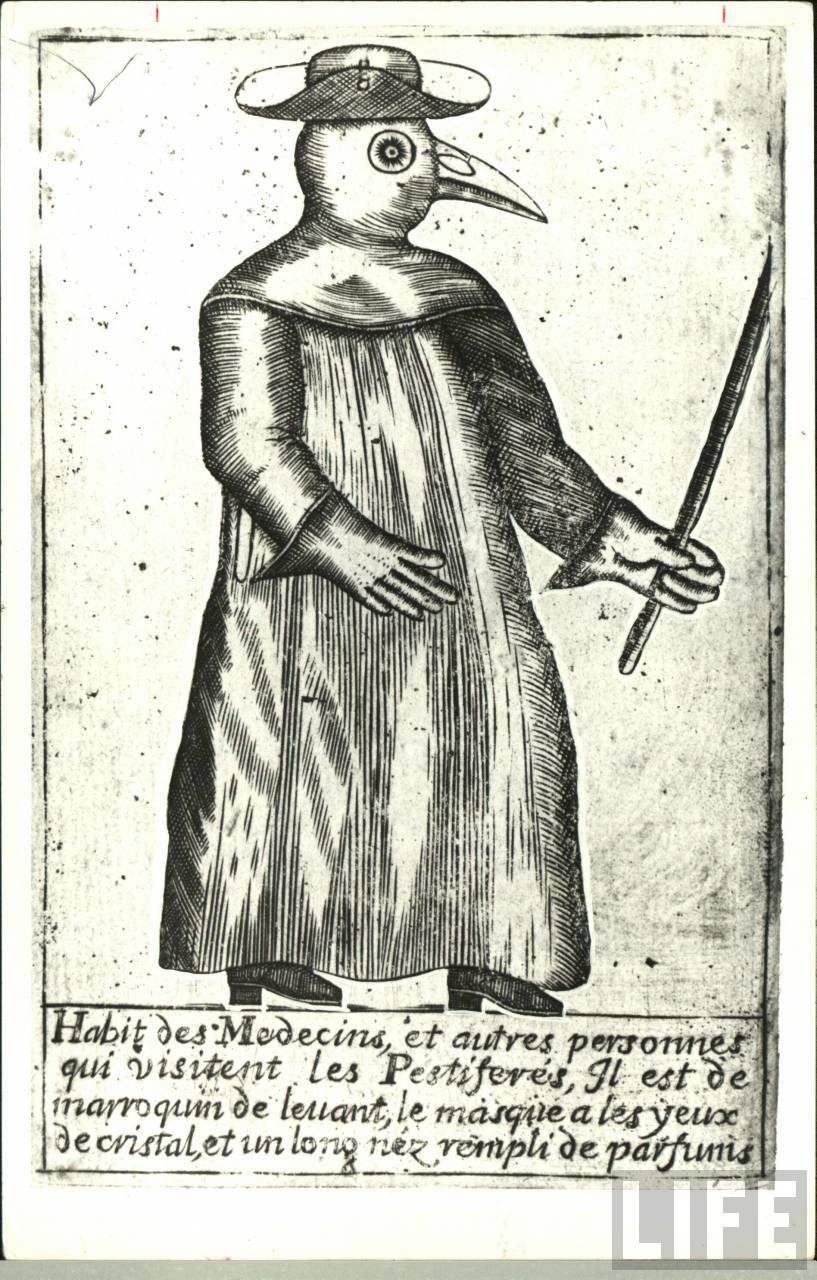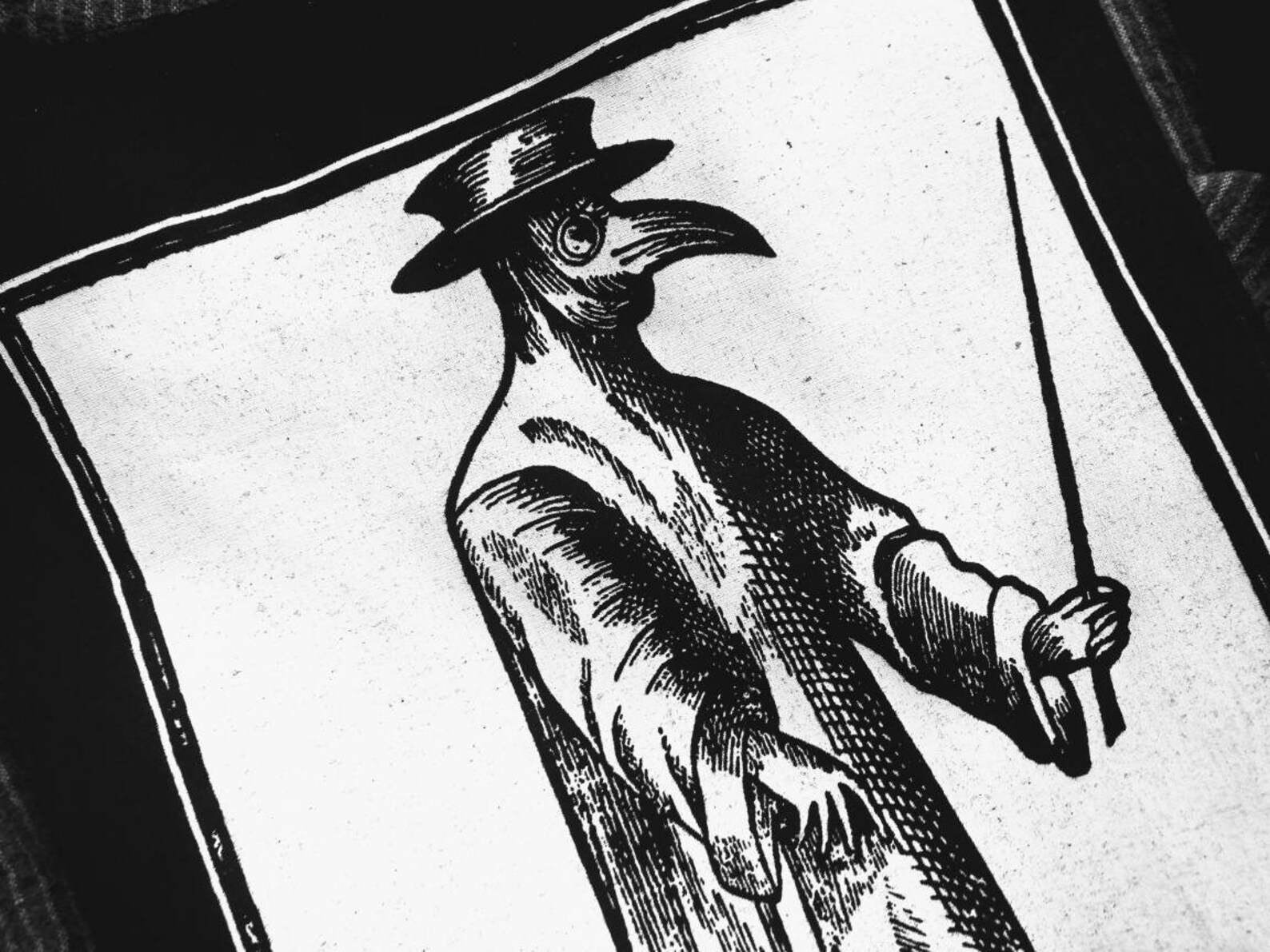

READ MORE: Social Distancing and Quarantine Were Used in Medieval Times to Fight the Black Death How Did the Black Death End? In the face of this papal resistance, the movement disintegrated. Though the flagellant movement did provide some comfort to people who felt powerless in the face of inexplicable tragedy, it soon began to worry the Pope, whose authority the flagellants had begun to usurp. Then they would move on to the next town and begin the process over again. For 33 1/2 days, the flagellants repeated this ritual three times a day. Some upper-class men joined processions of flagellants that traveled from town to town and engaged in public displays of penance and punishment: They would beat themselves and one another with heavy leather straps studded with sharp pieces of metal while the townspeople looked on. Some people coped with the terror and uncertainty of the Black Death epidemic by lashing out at their neighbors others coped by turning inward and fretting about the condition of their own souls. WATCH: The Grisly Business of Black Death Burials Indeed, in the early 1340s, the disease had struck China, India, Persia, Syria and Egypt. READ MORE: Pandemics that Changed History How Did the Black Plague Start?Įven before the “death ships” pulled into port at Messina, many Europeans had heard rumors about a “Great Pestilence” that was carving a deadly path across the trade routes of the Near and Far East. Sicilian authorities hastily ordered the fleet of “death ships” out of the harbor, but it was too late: Over the next five years, the Black Death would kill more than 20 million people in Europe-almost one-third of the continent’s population. People gathered on the docks were met with a horrifying surprise: Most sailors aboard the ships were dead, and those still alive were gravely ill and covered in black boils that oozed blood and pus. The plague arrived in Europe in October 1347, when 12 ships from the Black Sea docked at the Sicilian port of Messina. What we love about it is that it’s a conversation piece too.The Black Death was a devastating global epidemic of bubonic plague that struck Europe and Asia in the mid-1300s. Today, the plague doctor mask’s interesting silhouette makes it a unique accessory to wear to a costume party. This theory was later disproven.Īlong with this beaked mask, plague doctors wore a costume that consisted of a wide-brimmed hat, a waxed robe, and a wooden cane pointer. The idea was that when the plague doctor inhaled, he would only inhale pleasant, clean air that was not noxious, and therefore unlikely to infect him with the plague. This beak would be filled with aromatics including amber, myrrh, dried rose and carnation petals, spices, herbs, straw, and sometimes even a sponge soaked in vinegar. This mask had glass eye openings, two small slits under the nostrils, and a long, cone-shaped beak that sat in front of the plague doctor’s nose. In order to guard themselves from this polluted air, plague doctors would wear a uniform of sorts, which included a beaked mask. At the time, it was unclear what exactly caused the plague, but it was thought to be miasmatic-that is, contracted through noxious or bad air. As an example of the risk involved in being a plague doctor, it is recorded that of eighteen plague doctors in Venice, only one was left by 1348, in the midst of the destruction of the plague.īecause of the risk of contracting the plague, these doctors had to shield themselves in every possible way from infection. Because being a plague doctor was both unpleasant (constantly being surrounded by death) and risky (the plague was relatively easy to contract, and chances of survival were slim), finding qualified physicians to perform this job was difficult, so unskilled “doctors” would come forward to fulfill this role. These plague doctors were also known as ‘empirics’, and often had no formal medical training. Some plague doctors also had to perform autopsies on those who succumbed to the bubonic plague. When a town had many plague victims, they would call a plague doctor, or medico della peste to help look after plague victims, and to record the deaths of plague victims in public records. It was an epidemic that spread easily, often infecting entire towns and villages, and for which at the time there was no proven remedy.

In the Middle Ages, the bubonic plague was the cause of numerous deaths in Europe.


 0 kommentar(er)
0 kommentar(er)
